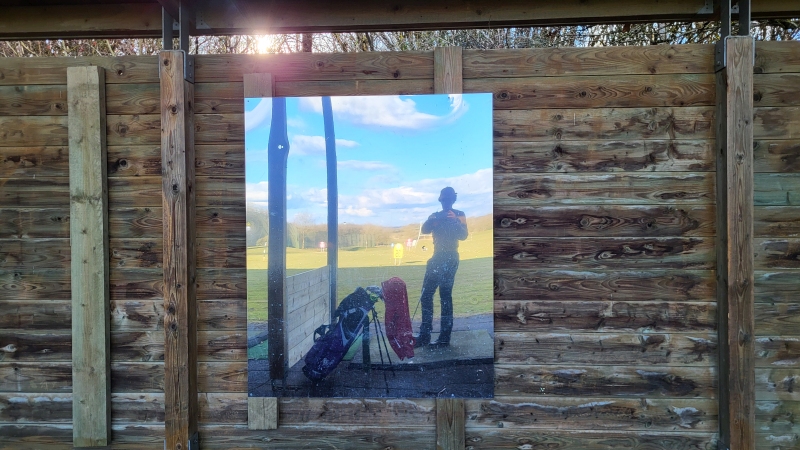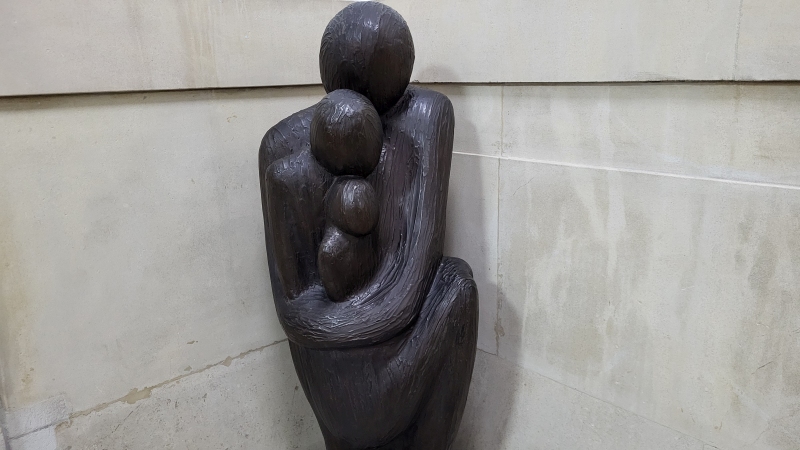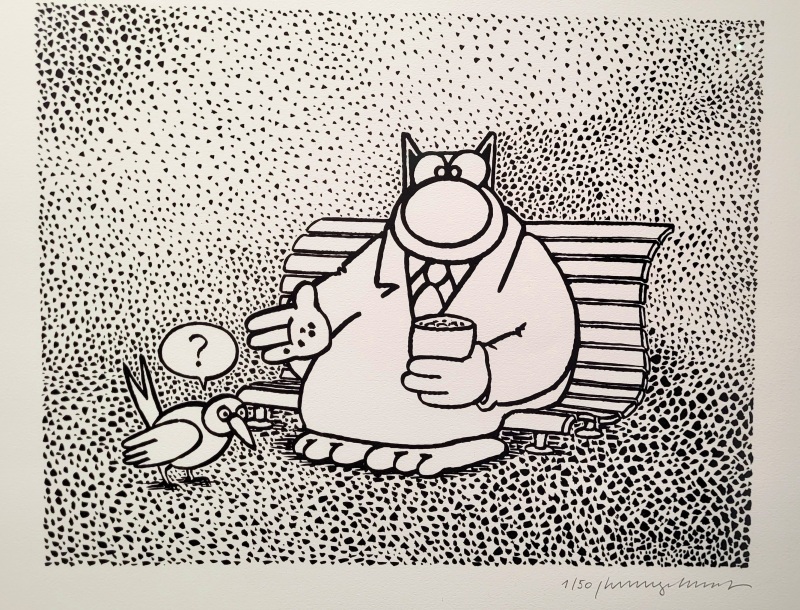Synodality
The recent election of Pope Leo XIV led me to pay attention to the term “synodality.” Reading a few articles on the matter, I’m not going to try to define what it is. The ideas I found showed an evolution over the centuries as well as a shift in expectations as to what synodality could be.
From the outside, it could seem that synodality leads to a process of democracy in the Church. And expectations move in that direction, with the idea that this could lead to a more pragmatic process.
However, an essential aspect of synodality results from the ability to listen to one another. This counters a lot of the process of democracy that is founded on the idea of one’s ability, but also the necessity to persuade others of one’s ideas. A process of synodality chooses a different direction. Its idea is to develop an idea through the shared process within the community. It’s a process that relies on the idea that every participant participates with his charism, thus introducing the immense richness of the diversity of charisms present in the Church into the synod.
Accepting this idea means considering that “each part has its own proper role” and enabling each participant to stay in their own role instead of trying to do other people’s job. Synodality would thus mean that doing one’s job means being free of being someone else.
Letting go of persuading others, stepping into listening to others, being attentive to remaining oneself, leading into a process where one needs to trust that the community will use a process that may be slow but allows for shared ideas to emerge. It would be interesting to explore its connection with the ideas of listening and Presencing developed by Otto Scharmer.





































































































